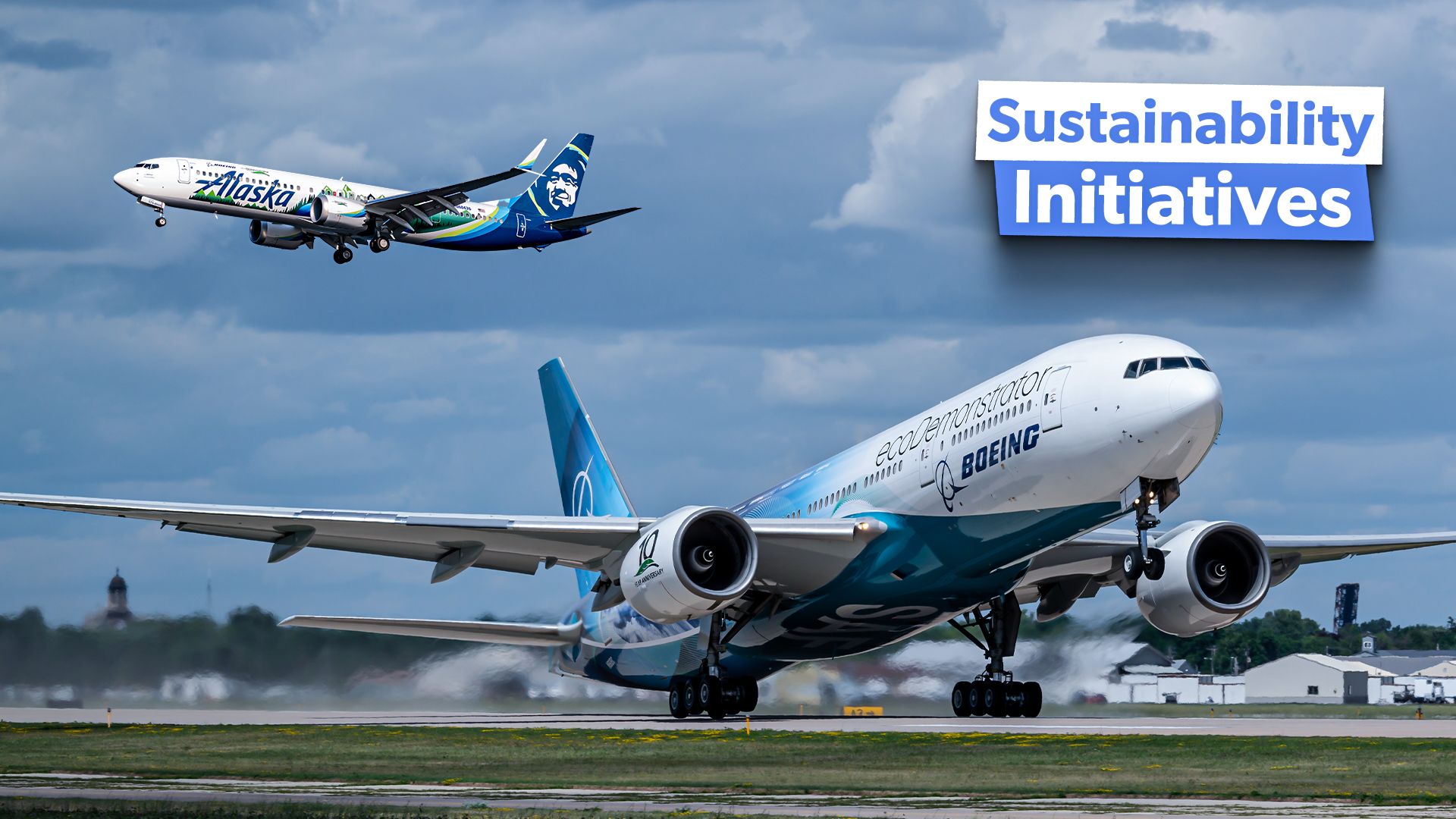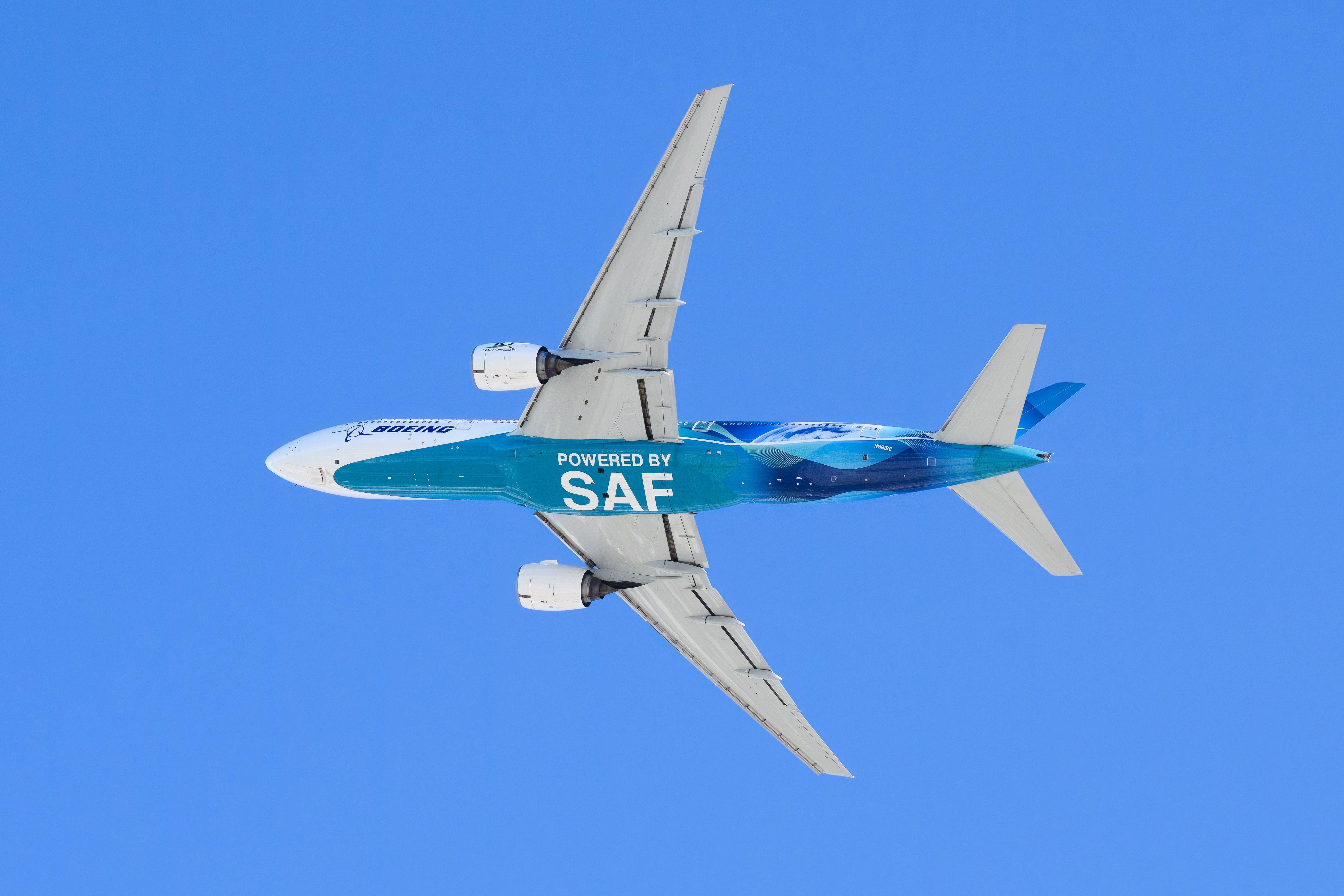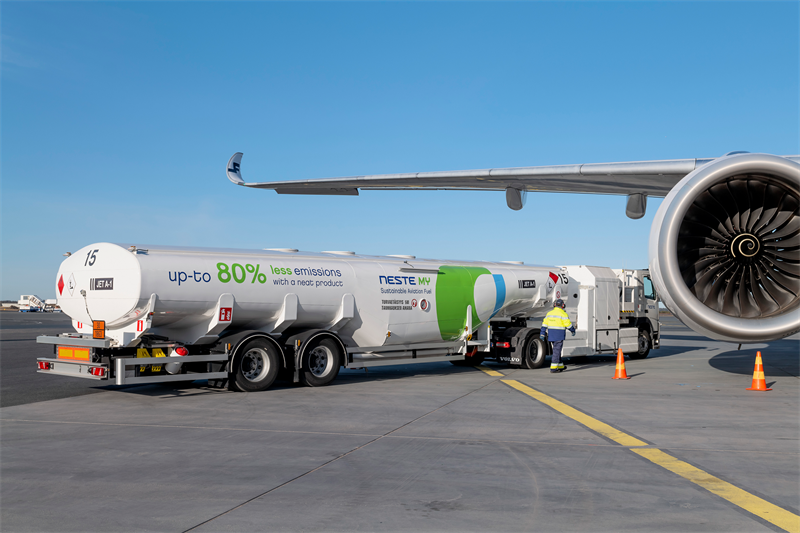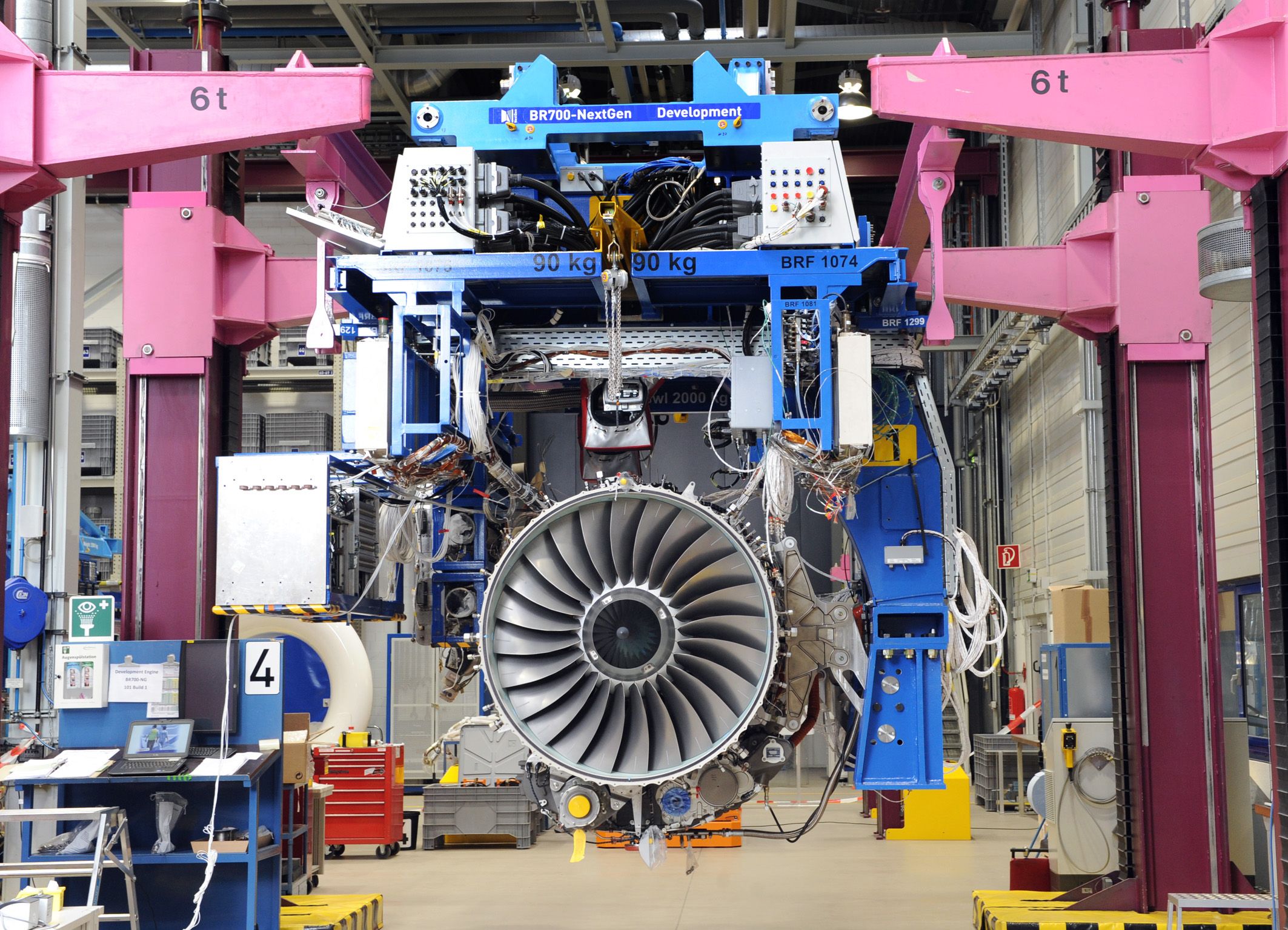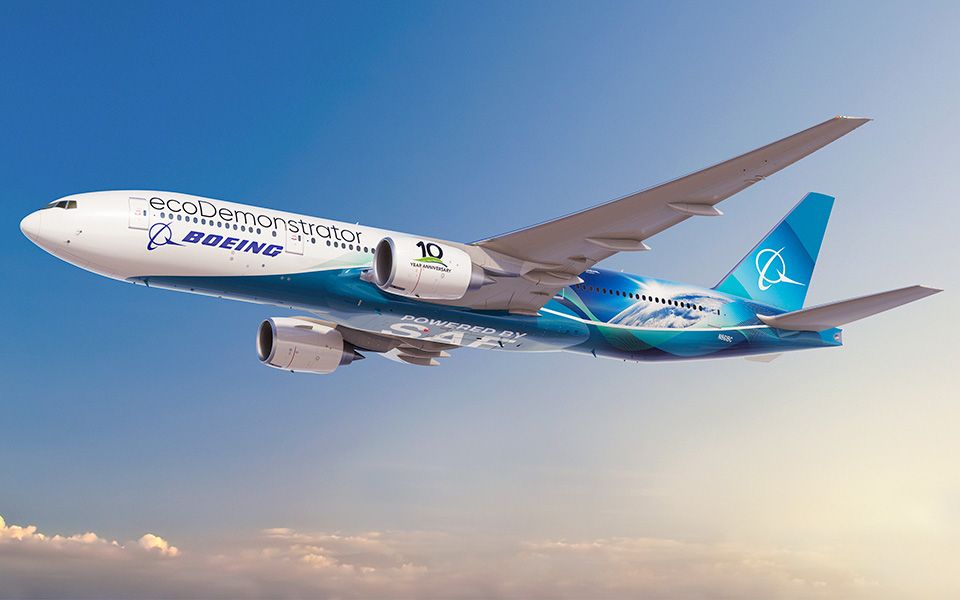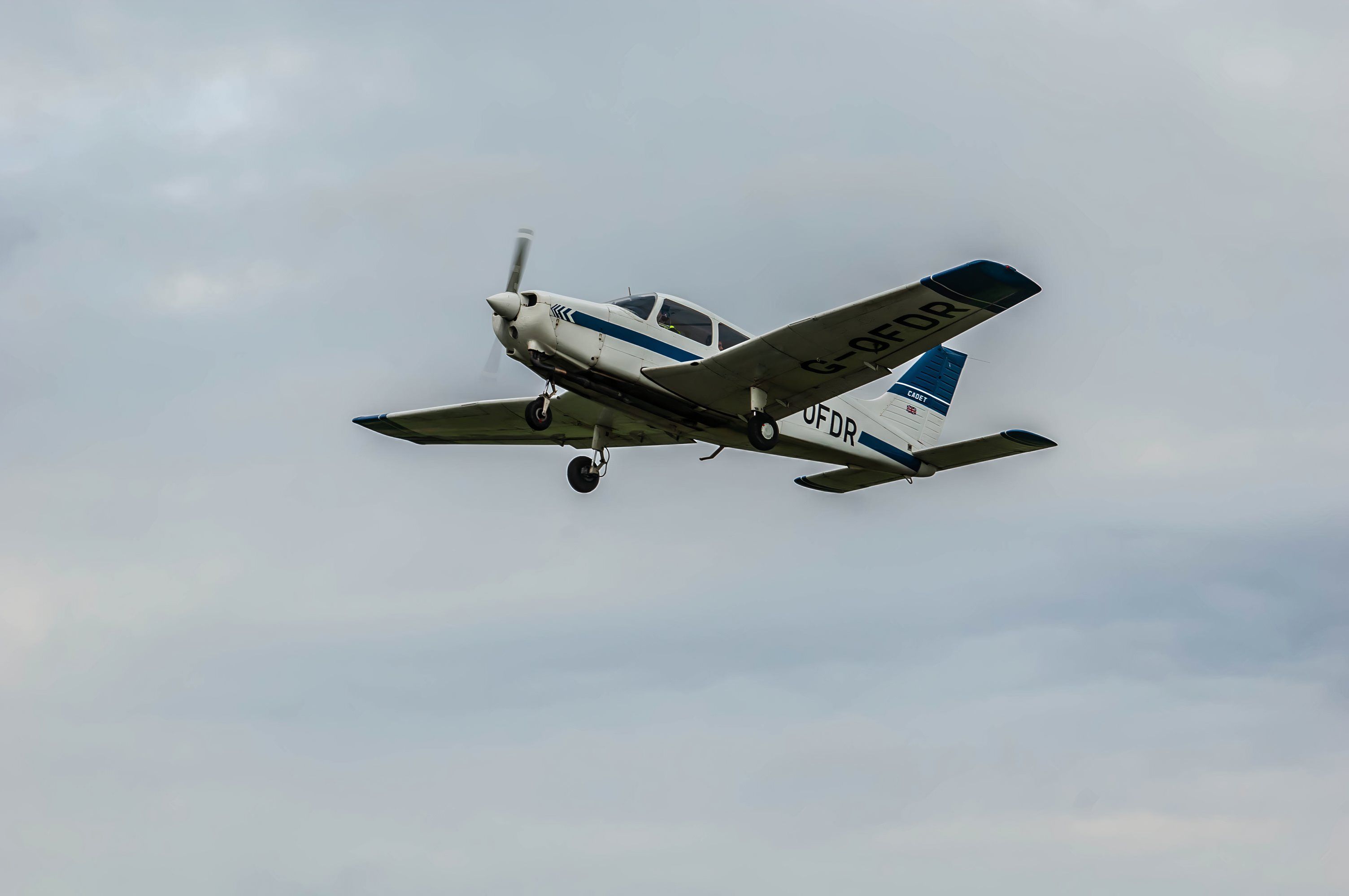Summary
- Sustainable Aviation Fuel (SAF) initiatives are crucial for achieving net-zero emissions with multi-agency support.
- Airports Climate Challenge aims at zero CO2 emissions at airports by 2050.
- CLEEN Program accelerates aviation technology to reduce noise pollution.
Flying is one of the most carbon-intensive activities. According to a report by Our World in Data, the aviation industry accounts for 2.5% of global CO2 emissions. With greenhouse emissions reaching record highs, the industry has pledged to reach
zero carbon
emissions by 2050.
Indeed, achieving net-zero carbon emissions by 2050 is one of the biggest challenges for airlines and the aviation industry because it requires the industry to shift from established practices to new methods, such as adopting new types of fuel and technologies and changing our flying behavior. This article will outline five initiatives the US aviation sector is implementing to achieve climate targets.
1
SAF Grand Challenge
Scaling up the development and deployment of SAF
According to the Federal Aviation Administration (FAA),
Sustainable Aviation Fuels
(SAF) are critical to achieving net-zero carbon goals. According to IATA, SAF can be produced from a variety of sources (feedstocks), including waste oils and fats, green and municipal waste, and non-food crops.
“SAF produced from renewable and waste feedstock can provide the greatest impact in our effort to reduce greenhouse gas emissions.”
Over the years, US aviation authorities, the government, and companies have partnered to scale the development and deployment of SAF in aviation through various initiatives and actions.
Photo: Photo: Ian Dewar Photography | Shutterstock
The Biden Administration launched the SAF Grand Challenge in 2021, aiming to scale domestic production, establishing a target of 3 billion gallons by 2030 and 35 billion gallons by 2050. This compares to 24.5 million gallons consumed in 2023, according to the US Department of Energy. The Grand Challenge is a collaborative program between:
- The Department of Energy (DOE)
- The Department of Transportation (DOT)
- The Department of Agriculture (USDA)
- The Federal Aviation Administration (FAA)
Some examples of initiatives and funding related to the SAF Grand Challenge include the Fueling Aviation’s Sustainable Transition (FAST) program, through which the FAA has made $244.5 million available to support the development of SAF production, transportation, and storage.
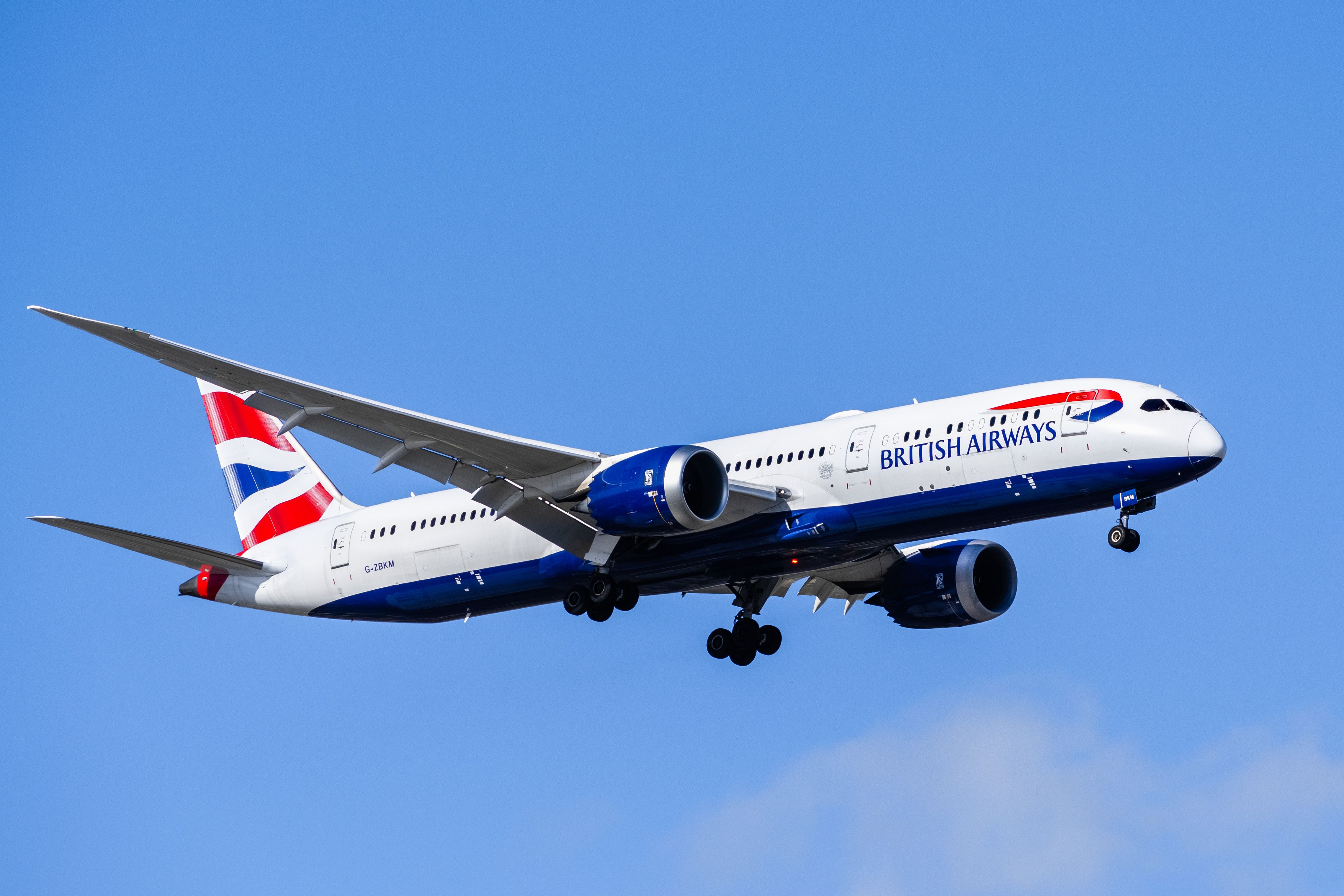
Related
IAG CEO Explains Why Flying Could Become More Expensive
Luis Gallego indicated that sustainable aviation fuel could become a key factor in increasing ticket prices.
2
Airports Climate Challenge
Helping airports achieve net-zero CO2 emissions by 2050
The FAA and airport and environmental stakeholders in the aviation industry launched the Airports Climate Challenge to support the administration’s goal of achieving net-zero greenhouse gas emissions across the economy by 2050.
Photo: Airbus
The US civil aviation regulator identified some industry best practices, obstacles, and opportunities to optimize greenhouse gas emission reductions. These best practices help airport operators achieve their emission goals by various means, including:
- Low or zero-emission vehicles
- Renewable energy production
- Energy efficiency assessments
It is worth noting that these specific initiatives are eligible for Airport Improvement Program (AIP) grant funding.
3
Continuous Lower Energy, Emissions, and Noise (CLEEN) Program
Accelerating the development of new technologies reducing noise
According to the National Institutes of Health (NIH), aircraft noise is one, if not the most, “detrimental environmental effect of aviation.”
“It can cause community annoyance, disrupt sleep, adversely affect the academic performance of children, and could increase the risk for cardiovascular disease of people living in the vicinity of airports.”
In response to this, the FAA developed the Continuous Lower Energy, Emissions, and Noise (CLEEN) Program, which aims to accelerate the development of new aircraft and engine technologies that would help reduce noise, emissions, and fuel burn.
Photo: Rolls-Royce
The CLEEN Program is carried out in five-year phases, focusing on reducing noise, fuel consumption, and emissions. In 2010, the FAA began the first phase by signing five-year agreements with Boeing, General Electric, Honeywell, Pratt & Whitney, and Rolls-Royce. The CLEEN program has already gone through two five-year phases. The third five-year phase aims to develop and demonstrate certifiable aircraft technology that:
- Reduces community noise exposure
- Reduces non-volatile particulate matter emissions relative to the CAEP/11 standard
- Reduces noise levels during the LTO cycle for civil supersonic airplanes and reduces absolute NOx emissions for civil supersonic airplanes over the aircraft’s mission
4
Boeing ecoDemonstrator
Real-life technology testing program
Boeing started the ecoDemonstrator program in 2012 to move promising sustainable technologies from the lab to real-world testing in an operational setting. The American aircraft manufacturer has tested 11 aircraft as flying test beds for the program since the beginning of the program, according to Boeing’s website.
Photo: Boeing
The Boeing 777-200ER widebody has been part of the ecoDemonstrator program since 2022. In May 2024, Boeing announced that it was testing 36 technologies on a 777 as part of the program. Another recent addition to Boeing’s
ecoDemonstrator
fleet is the yet-to-be-certified Boeing 737 MAX 10.
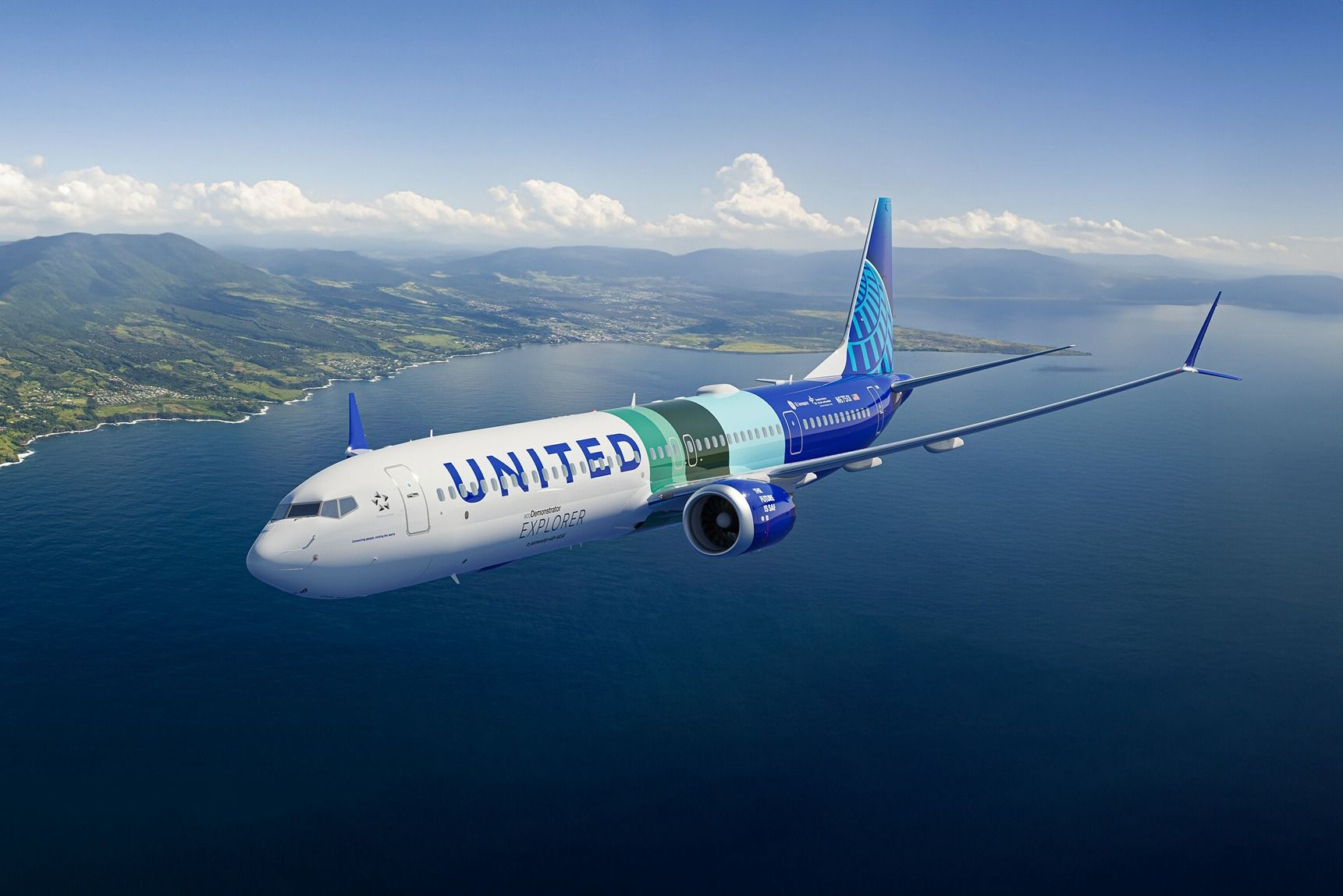
Related
Boeing’s Latest ecoDemonstrator Is A United Airlines 737 MAX 10
Boeing will partner with United Airlines and NASA to test Sustainable Aviation Fuel’s (SAF) environmental benefits with an undelivered MAX 10.
Examples of projects include cargo hold wall panels made from 40% recycled carbon fiber and 60% bio-based resin, as well as a fiber optic fuel sensor designed to work with 100% sustainable aviation fuel (SAF).
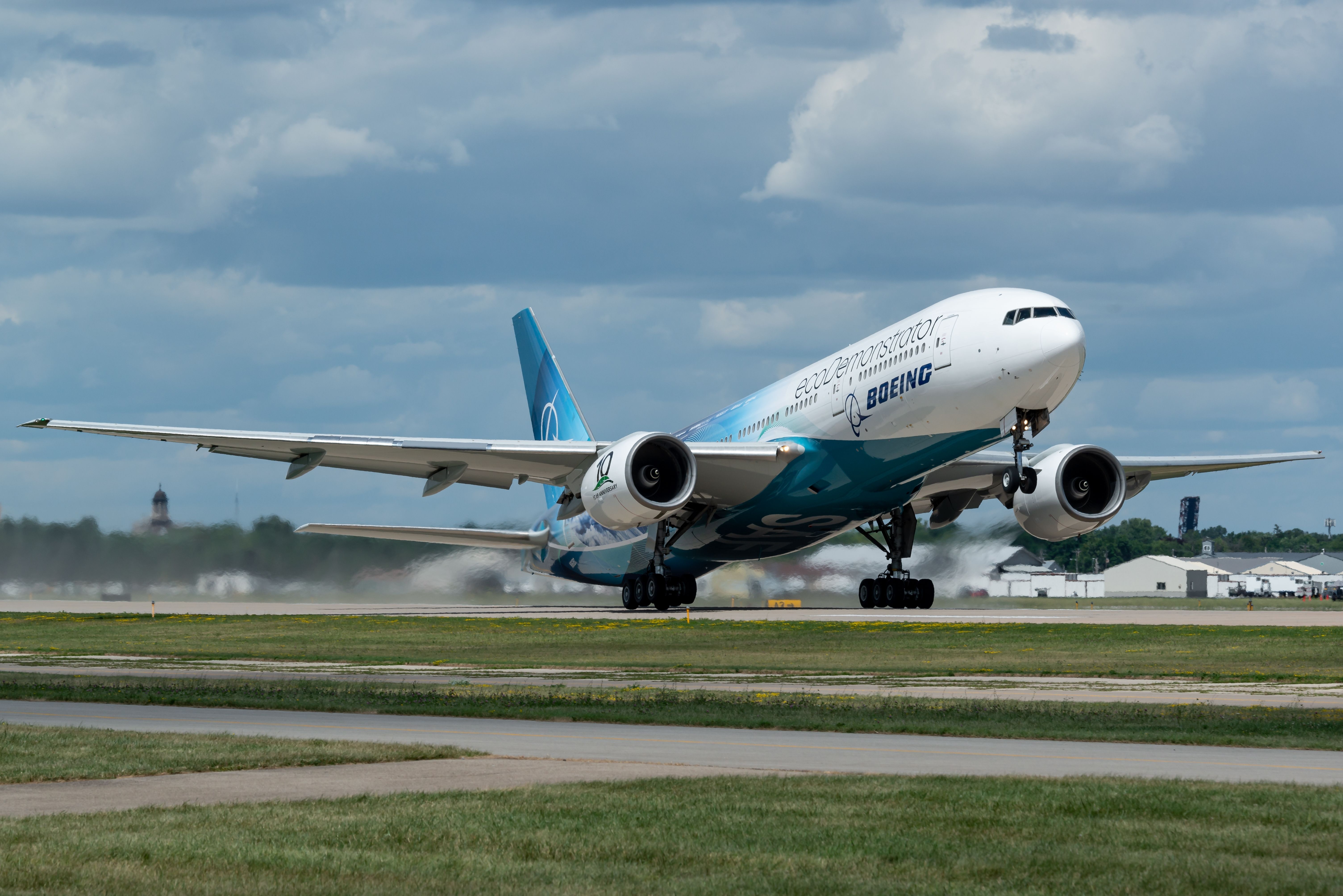
Related
Innovative Technological Features Of Boeing’s New ecoDemonstrator Program
A few of the cabin technologies will be on display next week at the Aircraft Interiors Expo.
5
Eliminate Aviation Gasoline Lead Emissions (EAGLE)
Eliminating leaded aviation fuels in piston-engine aircraft
The FAA, along with partners in the aviation community, launched the EAGLE initiative. The EAGLE team’s objective is to safely phase out leaded aviation fuels in piston-engine aircraft by the end of 2030. Although this initiative is not the most widely publicized, it will help to make
general aviation
cleaner.
Photo: JessicaGirvan | Shutterstock
To achieve the goal of eliminating leaded aviation fuels, EAGLE will identify at least one unleaded fuel that is safe for use in the General Aviation fleet and minimize the safety and technical impacts on high-performance engines. The EAGLE team has already demonstrated progress. The FAA now has two pathways for granting authorization to use new unleaded fuels:
- The FAA fleet authorization process was established by Congress in collaboration with the Piston Aviation Fuels Initiative (PAFI).
- The traditional FAA aircraft type certification or supplemental type certification (STC) process.
In addition, the FAA issued a Fleet Authorization Policy Statement in 2023 that outlines the process for getting fleet authorization for qualified unleaded fuel.

